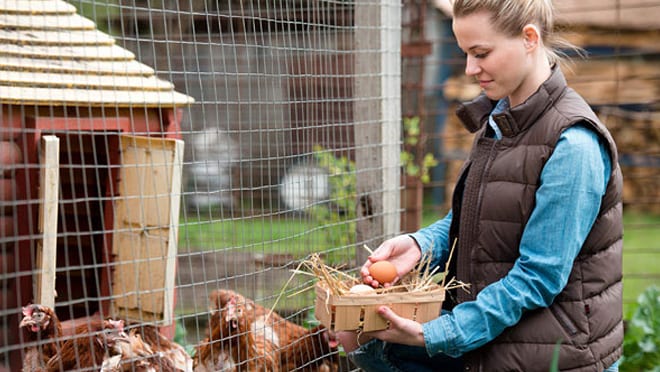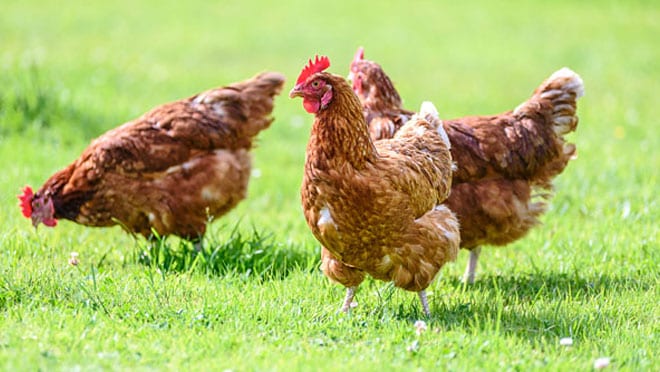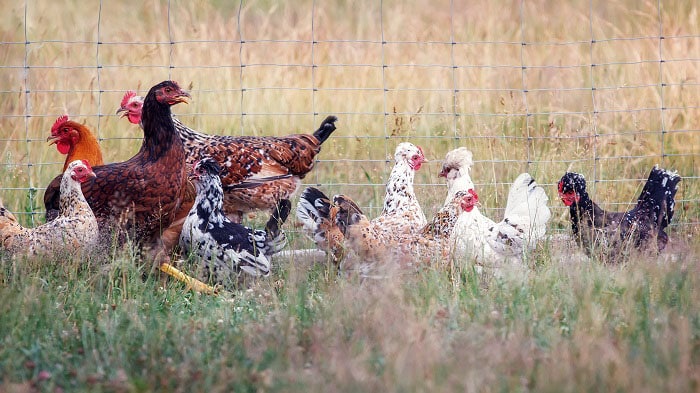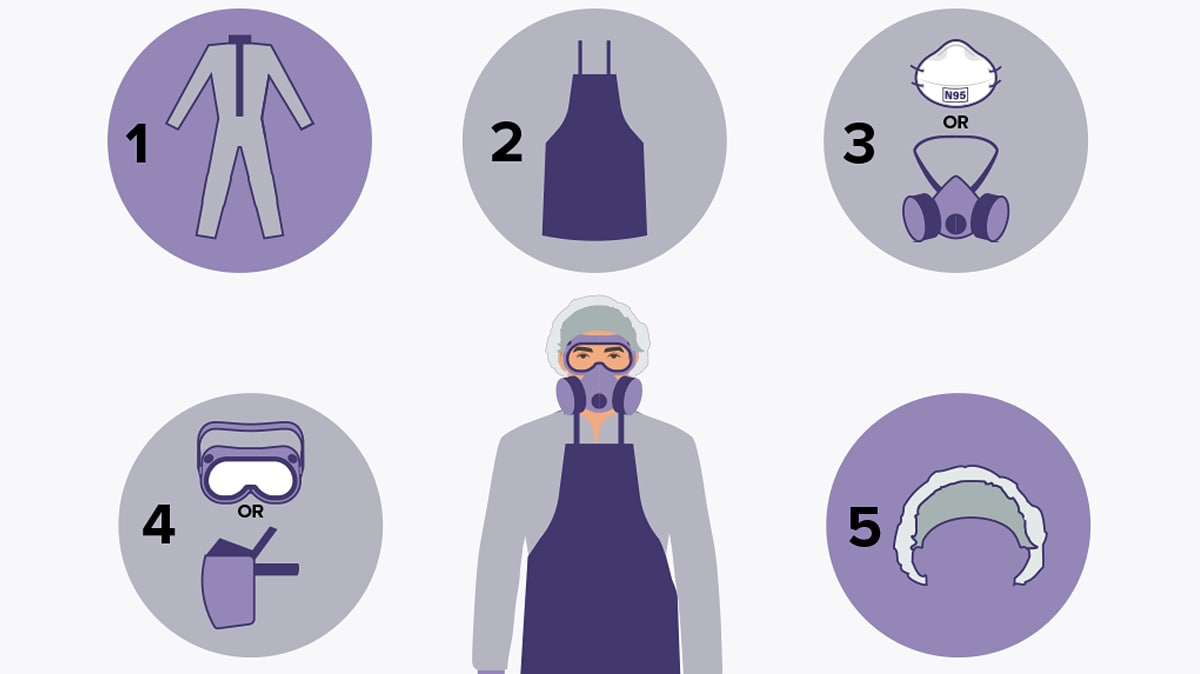What to know
This page includes resources for specific groups of people who may be in contact with infected or potentially infected birds, dairy cows, or other animals, and who may be at risk for exposure to bird flu.
People with Backyard Birds/Poultry
If birds in your flock have avian (bird) influenza (flu) A virus infection, or you suspect they migh...
Tips for keeping backyard poultry and people healthy.
Working with Infected Birds or Other Animals
This page outlines CDC’s recommendations for preventing exposure to avian influenza viruses.
This guidance identifies select occupational groups that may be at risk to novel influenza A viruses
Information for workers and employers to protect people with exposure to wild or domesticated birds
You should wear personal protective equipment (PPE) when in contact with or around dairy cows, raw m...
You should wear personal protective equipment (PPE) when in contact with or around dairy cows, raw m...
Guidance for Veterinarians
This page provides considerations for veterinarians related to H5N1 bird flu in cats
This page outlines CDC’s recommendations for preventing exposure to avian influenza viruses.
This guidance identifies select occupational groups that may be at risk to novel influenza A viruses
Provide information to facilitate connections and on-going conversations between dairy farm veterina...
Agricultural Fair Organizers & Exhibitors
This information can help prevent the spread of flu in agricultural fairs and other public settings.
This information can help prevent illnesses in public settings, like agricultural fairs, where peopl...
This page outlines CDC’s recommendations for preventing exposure to avian influenza viruses.
This guidance identifies select occupational groups that may be at risk to novel influenza A viruses
Take action to prevent the spread of Flu between animals and people.
This fair season take actions to prevent the spread of flu between animals and people. Spanish
State and Local Public Health Agencies
CDC, in collaboration with STLT public health agencies, is employing a multi-faceted influenza surve...
This page outlines CDC’s recommendations for preventing exposure to avian influenza viruses.
This guidance identifies select occupational groups that may be at risk to novel influenza A viruses
Key Resources
HPAI A(H5N1) virus is widespread in wild birds worldwide and is causing outbreaks in poultry and U.S...
You are being given this information and these instructions because you are participating or partici...
People recently exposed to bird flu viruses should self-monitor for symptoms after exposure.
This guidance identifies select occupational groups that may be at risk to novel influenza A viruses




